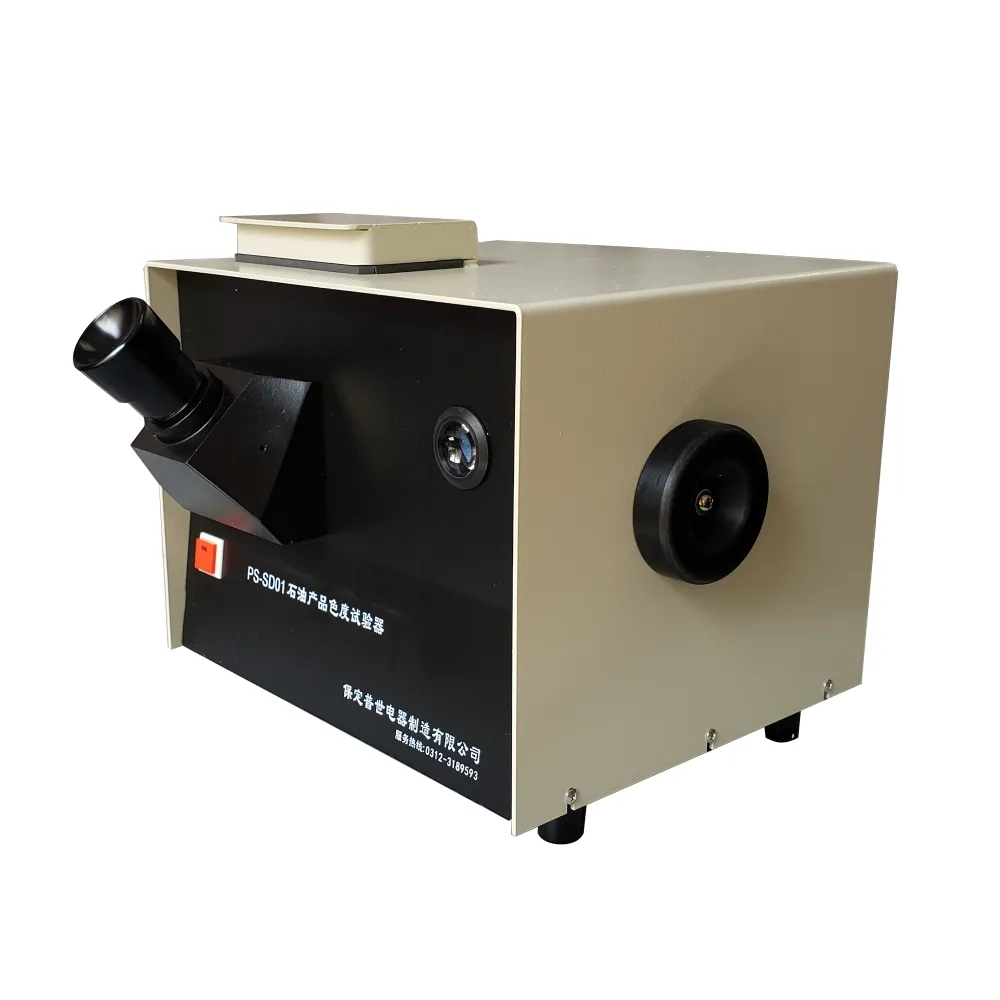 English
English



-
 Afrikaans
Afrikaans -
 Albanian
Albanian -
 Amharic
Amharic -
 Arabic
Arabic -
 Armenian
Armenian -
 Azerbaijani
Azerbaijani -
 Basque
Basque -
 Belarusian
Belarusian -
 Bengali
Bengali -
 Bosnian
Bosnian -
 Bulgarian
Bulgarian -
 Catalan
Catalan -
 Cebuano
Cebuano -
 China
China -
 China (Taiwan)
China (Taiwan) -
 Corsican
Corsican -
 Croatian
Croatian -
 Czech
Czech -
 Danish
Danish -
 Dutch
Dutch -
 English
English -
 Esperanto
Esperanto -
 Estonian
Estonian -
 Finnish
Finnish -
 French
French -
 Frisian
Frisian -
 Galician
Galician -
 Georgian
Georgian -
 German
German -
 Greek
Greek -
 Gujarati
Gujarati -
 Haitian Creole
Haitian Creole -
 hausa
hausa -
 hawaiian
hawaiian -
 Hebrew
Hebrew -
 Hindi
Hindi -
 Miao
Miao -
 Hungarian
Hungarian -
 Icelandic
Icelandic -
 igbo
igbo -
 Indonesian
Indonesian -
 irish
irish -
 Italian
Italian -
 Japanese
Japanese -
 Javanese
Javanese -
 Kannada
Kannada -
 kazakh
kazakh -
 Khmer
Khmer -
 Rwandese
Rwandese -
 Korean
Korean -
 Kurdish
Kurdish -
 Kyrgyz
Kyrgyz -
 Lao
Lao -
 Latin
Latin -
 Latvian
Latvian -
 Lithuanian
Lithuanian -
 Luxembourgish
Luxembourgish -
 Macedonian
Macedonian -
 Malgashi
Malgashi -
 Malay
Malay -
 Malayalam
Malayalam -
 Maltese
Maltese -
 Maori
Maori -
 Marathi
Marathi -
 Mongolian
Mongolian -
 Myanmar
Myanmar -
 Nepali
Nepali -
 Norwegian
Norwegian -
 Norwegian
Norwegian -
 Occitan
Occitan -
 Pashto
Pashto -
 Persian
Persian -
 Polish
Polish -
 Portuguese
Portuguese -
 Punjabi
Punjabi -
 Romanian
Romanian -
 Russian
Russian -
 Samoan
Samoan -
 Scottish Gaelic
Scottish Gaelic -
 Serbian
Serbian -
 Sesotho
Sesotho -
 Shona
Shona -
 Sindhi
Sindhi -
 Sinhala
Sinhala -
 Slovak
Slovak -
 Slovenian
Slovenian -
 Somali
Somali -
 Spanish
Spanish -
 Sundanese
Sundanese -
 Swahili
Swahili -
 Swedish
Swedish -
 Tagalog
Tagalog -
 Tajik
Tajik -
 Tamil
Tamil -
 Tatar
Tatar -
 Telugu
Telugu -
 Thai
Thai -
 Turkish
Turkish -
 Turkmen
Turkmen -
 Ukrainian
Ukrainian -
 Urdu
Urdu -
 Uighur
Uighur -
 Uzbek
Uzbek -
 Vietnamese
Vietnamese -
 Welsh
Welsh -
 Bantu
Bantu -
 Yiddish
Yiddish -
 Yoruba
Yoruba -
 Zulu
Zulu
Induced Test Transformers for Enhanced Model Evaluation and Performance Analysis
Induced Test Transformer Revolutionizing Model Evaluation
In the realm of machine learning, the evaluation of models is a critical step to ensure effectiveness and reliability. Among various innovative approaches that have emerged, the Induced Test Transformer stands out as a transformative method, enhancing the robustness and accuracy of model evaluation processes.
The Induced Test Transformer, as the name suggests, bridges the gap between the training of machine learning models and their performance assessment. Traditionally, model evaluation has relied heavily on fixed test sets, which can lead to biases and limitations in understanding a model's true capabilities. The performance of a model can vary significantly based on the diversity and representativity of the data it encounters during evaluation. Hence, the Induced Test Transformer focuses on generating dynamic test scenarios that can adaptively challenge models in ways that static test sets cannot.
Induced Test Transformer Revolutionizing Model Evaluation
Furthermore, the Induced Test Transformer addresses the issue of overfitting, where a model performs exceptionally well on training data but poorly on unseen data. By introducing new, synthetic test cases that the model has not encountered before, practitioners can gain deeper insights into how the model behaves in previously uncharted territories. This is particularly valuable in high-stakes environments, such as healthcare or autonomous driving, where understanding potential failure modes is paramount.
induced test transformer

The benefits of the Induced Test Transformer extend beyond mere performance evaluation. It fosters a paradigm shift in how models are iteratively improved. When models are evaluated using these adaptive test scenarios, developers receive specific feedback on their weaknesses, enabling targeted enhancements. This iterative feedback loop not only accelerates the development process but also leads to more resilient models capable of handling real-world challenges.
Implementation of the Induced Test Transformer into existing workflows can be straightforward, with integration points available at multiple stages of model development. Whether utilized during the validation phase or post-deployment, the transformer can continuously evolve the evaluation landscape, ensuring that the models are resilient against unforeseen challenges.
Moreover, the application of the Induced Test Transformer can extend beyond just testing individual models. In ensemble learning, for example, it can be used to evaluate the collective performance of various models, ensuring that the combination optimally leverages the strengths of each participant. This becomes increasingly critical as machine learning models become more complex, and their interactions less intuitive.
In conclusion, the Induced Test Transformer marks a significant advancement in the field of model evaluation for machine learning. By creating dynamic, contextually relevant test scenarios, it not only enhances the robustness of evaluations but also provides valuable insights for model refinement. As the landscape of artificial intelligence continues to evolve, the integration of such innovative methodologies will be crucial in developing trustworthy, effective systems capable of navigating the complexities of real-world applications.
-
Ensuring SF₆ Gas Safety: Introducing PUSH’s Integrated SF₆ Analyzer for Dew Point, Purity, and Decomposition MonitoringNewsJul.10,2025
-
Exploring the Main Types of Industrial Endoscopes and Their Applications Across IndustriesNewsJul.04,2025
-
Testing Equipment Industry Sees Major Advancements in 2025: Smart & Precision Technologies Lead the WayNewsJun.06,2025
-
Applications of Direct Current Generators in Renewable Energy SystemsNewsJun.05,2025
-
Hipot Tester Calibration and Accuracy GuidelinesNewsJun.05,2025
-
Digital Circuit Breaker Analyzer Features and BenefitsNewsJun.05,2025



